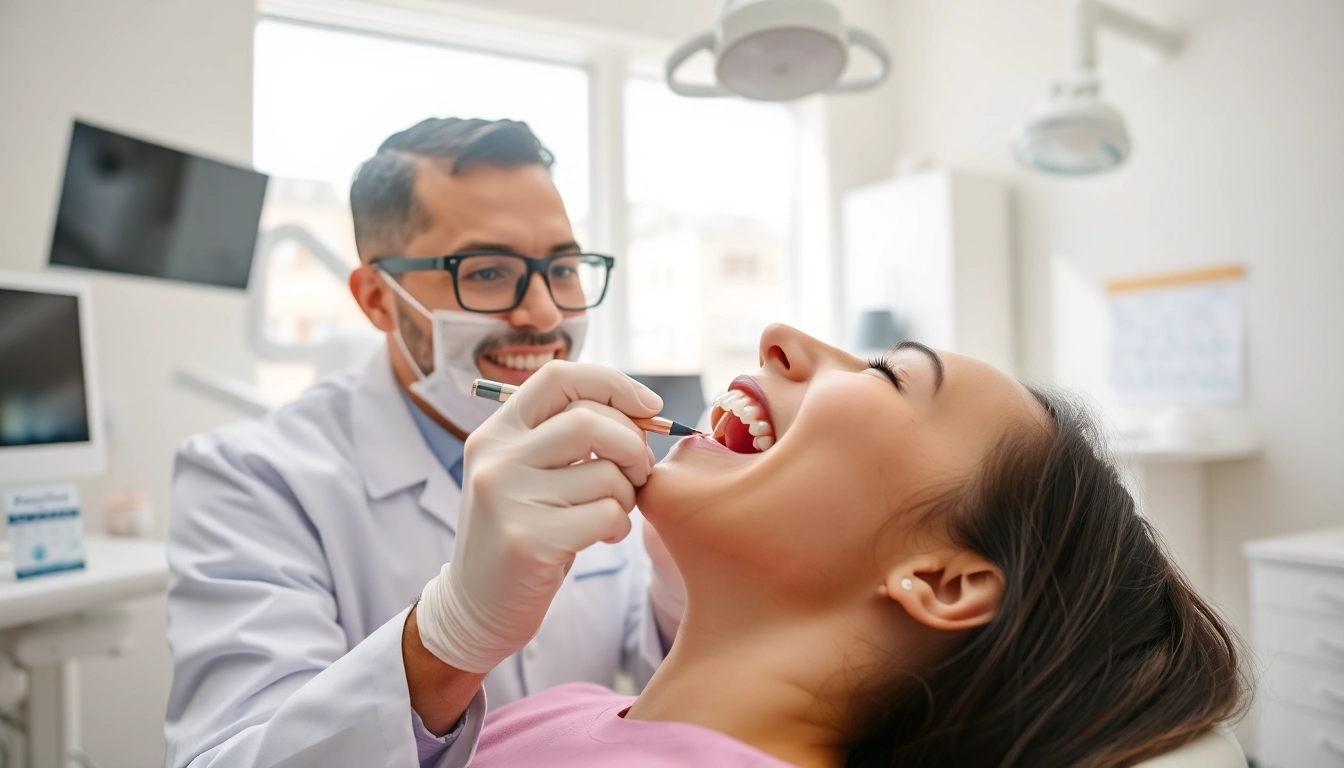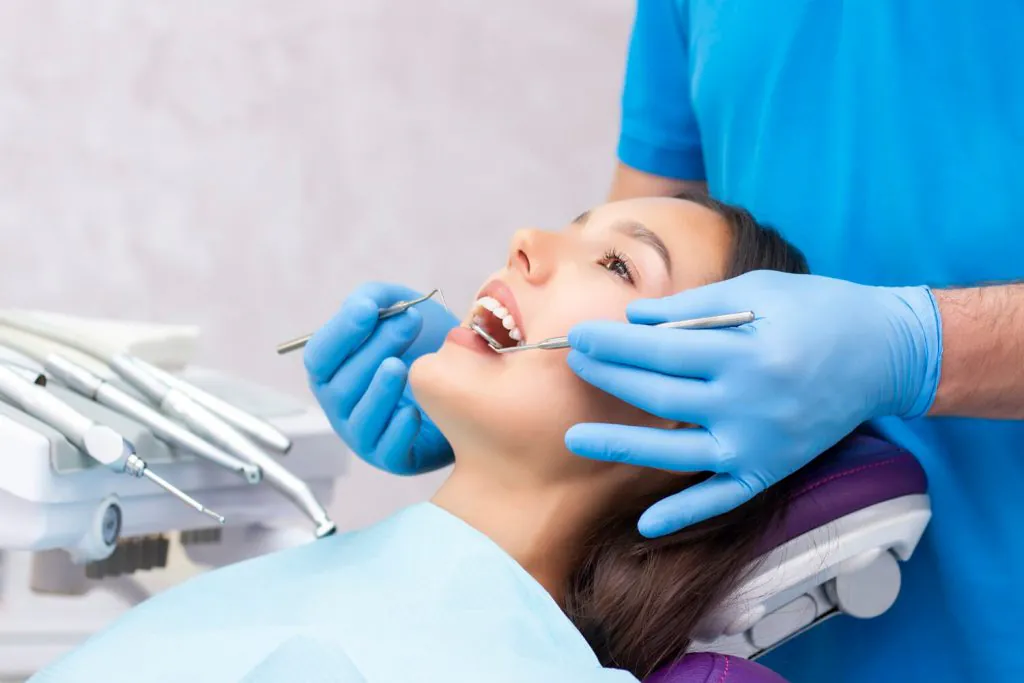1. Overview of Braces Cost Myrtle Beach
Understanding the braces cost Myrtle Beach is essential for anyone considering orthodontic treatment. While a beautiful smile enhances confidence and self-esteem, the cost of achieving that smile can play a significant role in a person’s decision-making process. This article aims to provide a comprehensive overview of the cost factors associated with braces in Myrtle Beach, including the types of braces available, financing options, and hidden costs to consider.
1.1 What Determines Braces Cost
The cost of braces can vary significantly based on multiple factors. Understanding these factors can help potential patients make informed decisions. Here are the primary considerations:
- Type of Braces: Traditional metal braces are often the most affordable, while options like ceramic braces and clear aligners tend to be pricier.
- Complexity of Treatment: More complex issues that require extensive treatment can increase costs. The length of treatment needed, including adjustments, may also influence overall expense.
- Location: Geographic location plays a crucial role in pricing, as orthodontic costs can differ from one area to another.
- Orthodontist’s Expertise: An experienced orthodontist may charge higher fees due to their specialized skills and the quality of care offered.
1.2 Types of Braces Available
When considering braces, patients typically have several options. Each type has its advantages and cost implications:
- Metal Braces: The most common and economical option; they consist of metal brackets and wires. Average costs range from $3,000 to $7,000.
- Ceramic Braces: These are less visible than metal braces but can be more expensive, costing between $4,000 and $8,000 due to their material.
- Invisalign: A popular choice for adults and teens, these clear aligners are more discreet. Costs range from $3,500 to $8,000, depending on the complexity of treatment.
- Lingual Braces: Placed on the back of the teeth, these are less visible but typically more expensive due to the specialized technique and materials involved, averaging from $8,000 to $10,000.
1.3 Importance of Consultation
Consultation is crucial in determining the best treatment plan and understanding the associated costs. During an initial consultation, an orthodontist will assess the patient’s dental condition and provide a customized treatment plan. This visit typically includes the following:
- A thorough examination of the teeth and jaws.
- X-rays or photographs to analyze dental structure.
- Discussion of potential treatment options, costs, and timelines.
This step not only ensures a personalized approach but also helps in accurately estimating the overall braces cost in Myrtle Beach.
2. Average Cost Comparison in Myrtle Beach
When exploring options for braces, it’s crucial to examine the average costs associated with various treatments in Myrtle Beach. Price ranges can vary based on the factors discussed earlier.
2.1 Traditional Braces Cost Analysis
Traditional metal braces remain a staple in orthodontics, favored for their effectiveness and lower cost. The average cost for traditional braces in Myrtle Beach typically ranges from $3,000 to $7,000. Factors contributing to costs include:
- The duration of the treatment.
- The frequency of visits.
- Additional procedures that may be necessary, such as extraction or retainers.
While this may seem daunting, many orthodontists offer flexible payment plans to accommodate patients’ financial needs.
2.2 Invisalign and Other Options
Clear aligners like Invisalign have gained popularity due to their aesthetic appeal. The average cost of Invisalign in Myrtle Beach ranges between $3,500 and $8,000. Additional factors influencing costs include:
- The number of trays required for the treatment.
- Complexity of tooth movements needed.
- The need for auxiliary treatments, which can extend the treatment duration.
While Invisalign may present a higher initial cost compared to traditional braces, many patients find the benefits worth the investment.
2.3 Regional Pricing Variations in South Carolina
Costs for orthodontic treatment can vary widely across South Carolina. For instance, braces in larger cities may cost more than in smaller towns. Patients should consider:
- Traveling for treatment if regional costs are significantly different.
- Inquiring about average costs from orthodontists in surrounding areas to ensure competitive pricing.
Researching various providers can lead to discovering more affordable options without compromising on quality care.
3. Financing Options for Braces in Myrtle Beach
Understanding the financing options available can alleviate the financial burden of obtaining braces. Various payment structures and plans are offered by dental practices to cater to different financial situations.
3.1 Payment Plans and Insurance Coverage
Many orthodontists offer payment plans that break down the total cost into manageable monthly installments. It is essential to discuss these plans during the consultation. Additionally, patients with dental insurance should explore their coverage options:
- Some plans cover a portion of orthodontics, which can significantly reduce out-of-pocket expenses.
- Consult with the insurance provider to clarify coverage limits and procedures.
3.2 Health Savings Accounts (HSA)
Health Savings Accounts are tax-advantaged accounts that allow individuals to save money for medical expenses. Using HSA funds for orthodontic treatment can lead to significant savings, as expenditures are made pre-tax.
- Check the eligibility of orthodontic expenses under your HSA.
- Keep track of all invoices to ensure proper reimbursement.
3.3 Loan Options for Dental Care
For those unable to finance treatment through savings, payment plans, or insurance, personal loans can be an option. Patients should:
- Shop around for the best interest rates.
- Ensure the terms of repayment align with their financial capacity.
Consulting with financial advisors can help navigate these options effectively.
4. Hidden Costs to Consider
When budgeting for braces, it’s essential to consider potential hidden costs that may emerge during treatment. Being aware of these can help avoid surprises later on.
4.1 Additional Treatment Fees
Some orthodontic treatments may require additional procedures that incur extra fees. These can include:
- Dental cleanings or extractions prior to receiving braces.
- Retainers or additional appliances needed to maintain alignment post-treatment.
Discussing all potential upcharges during the consultation can lead to a more straightforward budgeting process.
4.2 Maintenance and Follow-Up Costs
Regular follow-ups and maintenance appointments are critical for tracking progress during orthodontic treatment. These may come with additional costs, especially if adjustments or repairs are needed. It’s crucial to:
- Inquire about the number of follow-ups expected and their respective costs.
- Factor these into your overall budget before starting treatment.
4.3 Unforeseen Expenses: What to Watch For
Patients should be prepared for unforeseen expenses, which can arise due to:
- Breakage of brackets or wires requiring urgent repairs.
- Changes in treatment plans that necessitate additional aligners or adjustments.
Being proactive and maintaining open communication with the orthodontist can reduce the risk of exceeding the original budget.
5. Making the Right Choice for Your Orthodontic Treatment
Choosing the right orthodontic treatment can be daunting. However, evaluating personal needs and preferences can streamline the decision-making process.
5.1 Evaluating Your Needs and Goals
Before deciding on braces, individuals should assess their dental needs and treatment goals. Considerations include:
- The severity of misalignment issues.
- Time commitment and lifestyle preferences.
Being clear about personal goals can help in selecting the most fitting orthodontic solution.
5.2 Choosing the Right Orthodontist
The selection of an orthodontist is a pivotal aspect of successful orthodontic treatment. Important factors to consider include:
- Experience and qualifications of the orthodontist.
- Office environment and staff professionalism.
- Patient testimonials and case studies showcasing successful treatments.
Scheduling consultations with multiple orthodontists to gauge comfort and care is encouraged.
5.3 Reading Reviews and Gathering Recommendations
Research and recommendations can provide valuable insights into an orthodontist’s reputation and quality of care. Patients should:
- Check online reviews and ratings.
- Ask for recommendations from family, friends, or dental professionals.
This information can bridge the gap between personal experiences and expectations, ensuring a more satisfying treatment journey.



